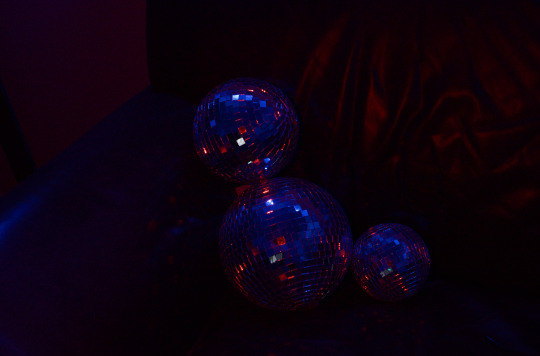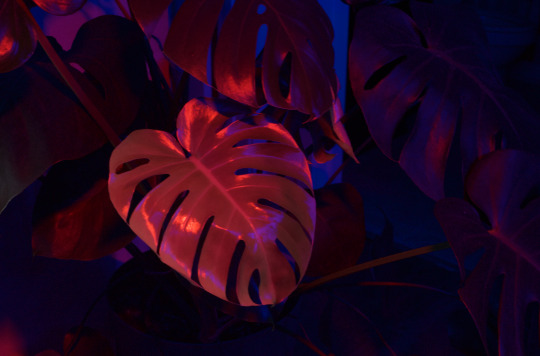23 y/o photographer. junior @ txst digital media innovation + art/photography . photography director + music journalist for KTSW. from newcastle, england. :)
Don't wanna be here? Send us removal request.
Text
Vernacular Type
Statement of Intent: My composition explores the old and new signs of the businesses in The Square in San Marcos. Through the use of repetition, harmony, and scale, I want to emphasize the boozy and fun nature of the square, while highlighting the different ages and looks of the type.





Images of store signs at The Square in San Marcos, TX.


Thumbnails.


Roughs.

0 notes
Photo





Gels assignment.
My blue gel flew away into the wind :,(
0 notes
Photo


Everyone has experienced blurred vision and spots of light when getting a picture taken with flash, the reason behind this is an optical phenomenon called the afterimage. The scientific definition of an afterimage is a visual illusion in which retinal impressions persist after the removal of a stimulus. The reason behind this illusion is believed to be caused by the continued activation of the visual system.
In simple terms, the neurons, which are the rods and cones in the retina, in various areas of the brain have a way of adapting to the visual environment. Once said neurons have adapted to a certain environment, they become slightly unresponsive- meaning they take a while to get back to their original, responsive state. This lapse in between both states is when afterimages are seen.
The first discovery of this explanation was discovered in 1858 by Hermannvon Helmholtz, although his discovery was not completely correct. It was Kenneth Cr aik at the University of Cambridge who then provided the correct explanation. Craik conducted an experiment in which he made one of his eyes temporarily blind for a minute by cutting off the circulation in his eye. He then discovered that even though his eye’s blood supply was cut off, if he pointed a bright light at his eye, it would create a negative afterimage when he looked at a white surface and his eyesight was restored. This experiment showed that the fatigue that occurs to produce the negative image is both in the eye and the brain separately, since the brain could not have received any messages from the eye when it was blinded.
There are two different types of afterimages, positive and negative, with negative afterimages being experienced more often than positive. In a negative afterimage, the colours that are seen are inverted from the original image. As an example, if the original image is blue, the afterimage would be orange. The rods and cones in the retina are overstimulated. In a positive afterimage, the colours remain the same as the original. The rods and cones in the retina are believed to have almost no stimulation. The science behind positive afterimages is slightly different, where instead of exhausting the neurons, the nerve impulses are stimulated just enough for them to continue when you close your eyes, or there is darkness.
In my research I did find that there is a medical condition called illusionary palinopsia, which effects one’s visual system processing. This makes people with palinopsia see sort of afterimages constantly, with everything that they see on a day to day basis. Although this is quite different from afterimages, as they are natural and this is a medical condition, I thought it was quite interesting that some people live with sort of constant afterimages.
edit: forgot citation
Cohen-Duwek H and Spitzer H (2018) A Model for a Filling-in Process Triggered by Edges Predicts “Conflicting” Afterimage Effects. Front. Neurosci. 12:559. doi: 10.3389/fnins.2018.00559
Brindley, G. S. “AFTERIMAGES.” Scientific American, vol. 209, no. 4, 1963, pp. 84–93. JSTOR, www.jstor.org/stable/24936321. Accessed 23 Mar. 2021.
0 notes
Text
After walking for 15 minutes last Thursday, my phone decided to take a nap. So, I continued my walk over the weekend (trying to keep it at around the same time.) I live at the top of the hill on N. LBJ which is right next to campus, so there are mainly a lot of apartments/townhomes nearby.
I found everything to be dull, to be frank. Mainly due to the freeze, everything is dead so the colour brown was overwhelmingly present. Because everything was so brown and dull, this made my eyes immediately move to any brighter colours that were around. These were mainly blues, greens, and yellows. I never noticed how much blue there was down this street, but most of the signs that I saw were blue which I thought was interesting, since signs are usually reds or yellows so they are more eye catching. I did see plenty of other signs though, which were red and yellow. It makes sense to have them those two colours since they are more prominent than others.
I also saw a lot of maroon, which makes sense since my flat is very close to campus. The colour maroon is quite symbolic to me, of course because I do go to Texas State, but also because it makes me think of how hard I have worked to get here. Seeing maroon makes me think of being a bobcat, and how long I waited to be able to finish my degree and live on my own. For me, it symbolizes strength and resistance, and it makes me really happy.
I don’t know if it’s just because it’s a rainbow, but there is a painted railing thats just across my complex that always puts a smile on my face when I see it. It’s SO cute, I have no idea who did it or how long its been there but I really love little things like that that put just a tiny bit of colour in your day. I guess because it’s surrounded by so much grey and brown that it makes it really stand out so you notice it immediately. I’ll post a picture of it below, but it truly makes me just a little happier whenever I walk by. :)








0 notes
Text


during the first collage, i was listening to https://youtu.be/56SJhX83duQ
and the second, https://youtu.be/QhDfOYn0118
(the colours look more red in the photos, but its a bright orange in person!)
youtube
youtube
0 notes
Photo






Mickalene Thomas is a black lesbian artist who specializes in collage work, surrounding ideas of femininity, race, sexuality, and gender. As a queer person of colour, she has spoken in interviews about creating art that contains specifically black women loving black women, since both queer and black women are continuously underrepresented in the art world. Thomas also makes sure that she is representing the perspective of the female gaze, which you can very obviously tell when looking at her work. She uses many types of materials, a lot which are hard to see just on a screen; acrylic and enamel are mainly used along with adorning a lot of her pieces with rhinestones. She is well known for her portrait of Michelle Obama, as it was the first widely recognized portrait made of the first lady.
I first discovered Thomas when I came across an interview she did for harpers BAZAAR. I’ve never been even slightly interested in reading fashion magazines, but I saw that the title talked about Thomas explaining the importance of body diversity in her art, and it really peaked my interest. After reading about her and learning that she was queer, I only wanted to learn more! I went on to look up her work and I fell in love with it. I’ve never really seen anything like it before, I just love all of the different textures and colours she uses. There are a few of my favourites that I wasn’t sure if I could post as they have nudity in them, but if I can I will update this post with my favourites. I will link below a recent interview that I just found, it’s really nice to hear how she is still active and that she is working on more politically inclined art.
https://www.them.us/story/now-list-2020-mickalene-thomas-interview
1 note
·
View note
Text
Ilya Kabakov response
At my parent’s house in Houston, each of my family members have a box we call our “memory box”. We each have completely different types of things in our boxes, but they are all significant in their own way. I’m an incredibly sentimental person, so I like to keep just about everything that a memory is attached to. In my memory box you’ll find mainly t-shirts from past events, notes that friends have passed to me in class, and special cards that I’ve received in the mail. I think the oldest thing I have in my ‘archive’ is a note from a teacher who impacted my life in amazing ways (and who I am still close to). My very last day of 8th grade she wrote me a note to leave my last period early and go to her class for a party. It’s all crumpled up and it’s tiny, but I still have it 10 years later. I also have a jar full of ticket stubs and passes from gigs/plays and festivals, my most prized probably being my Hamilton ticket.. I even have some of my parents’, including a Michael Jackson ticket from ‘82 and a George Michael ticket! I think an archive can be pretty, much anything! I feel that everyone leaves an archive behind, even if they aren’t intentionally creating one.
Sadly, since I’m at my apartment, I don’t have it with me so I have no photographs of my memory box. I asked my mum if she could go in the attic and grab it, but my dad is away working so I’m not sure if she’ll be able to. If he comes home any time soon, I’ll add the photos here!
1 note
·
View note